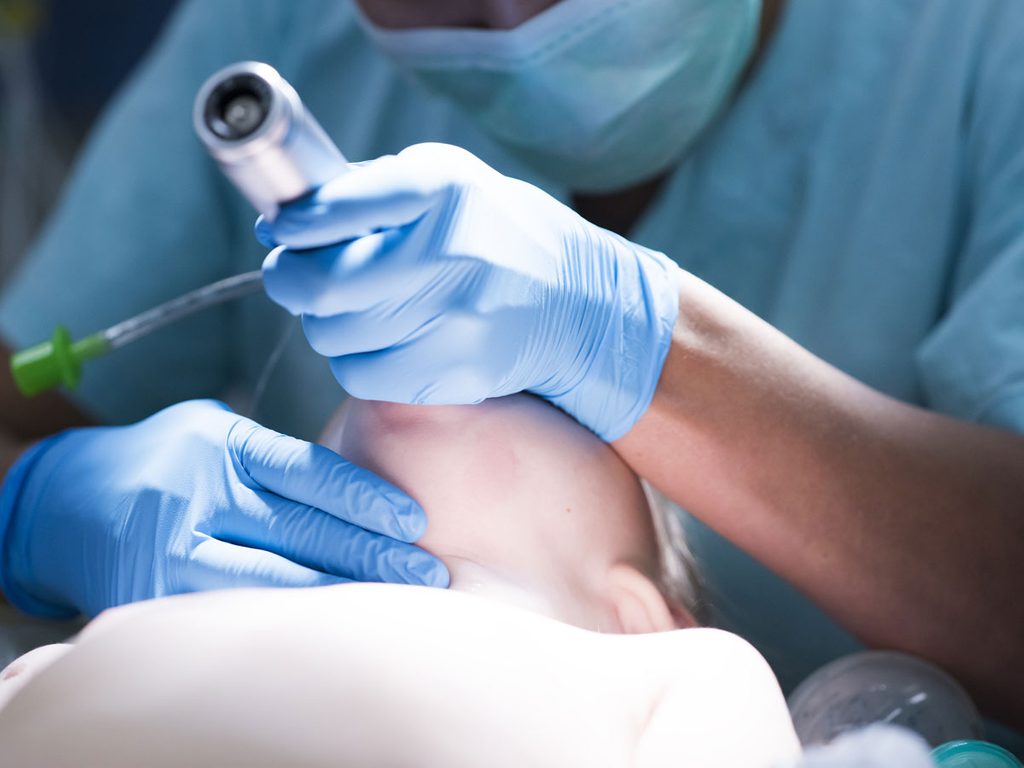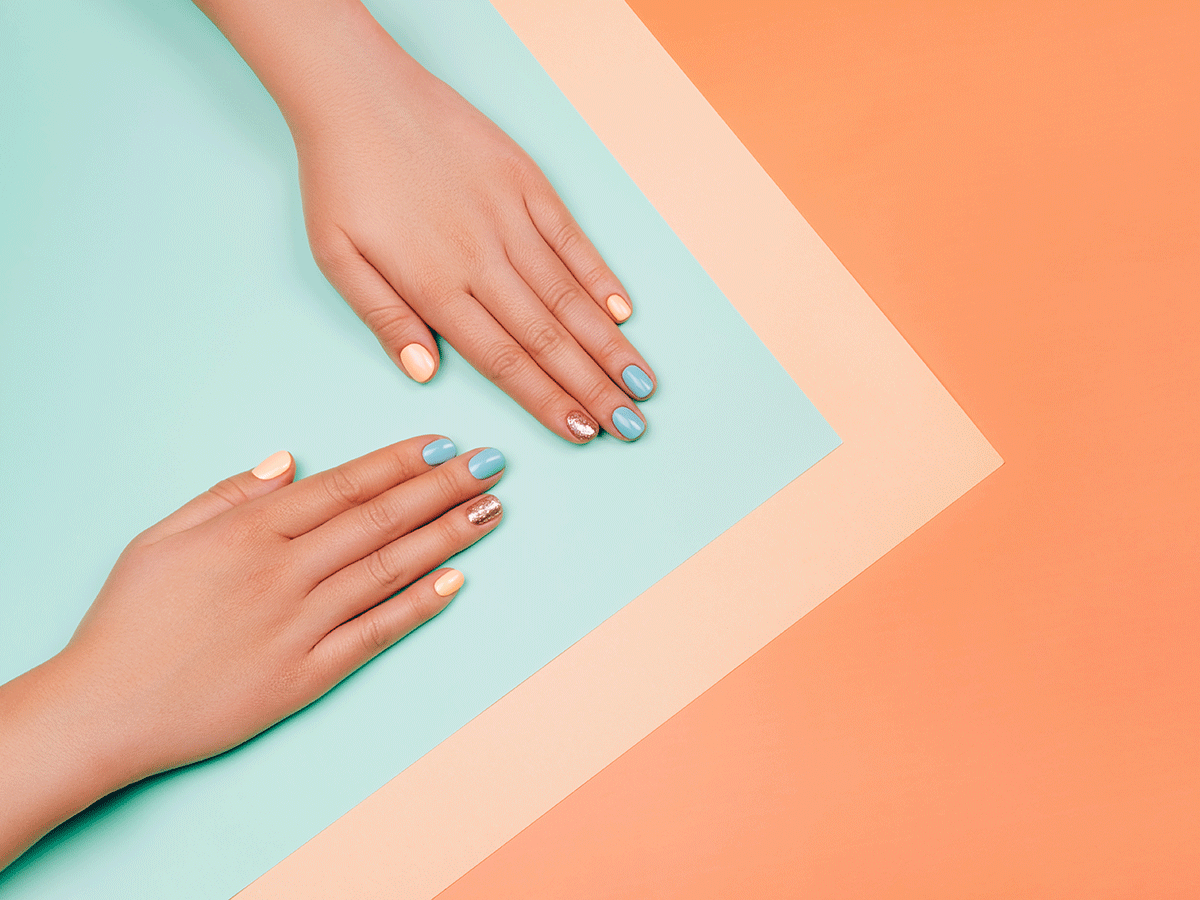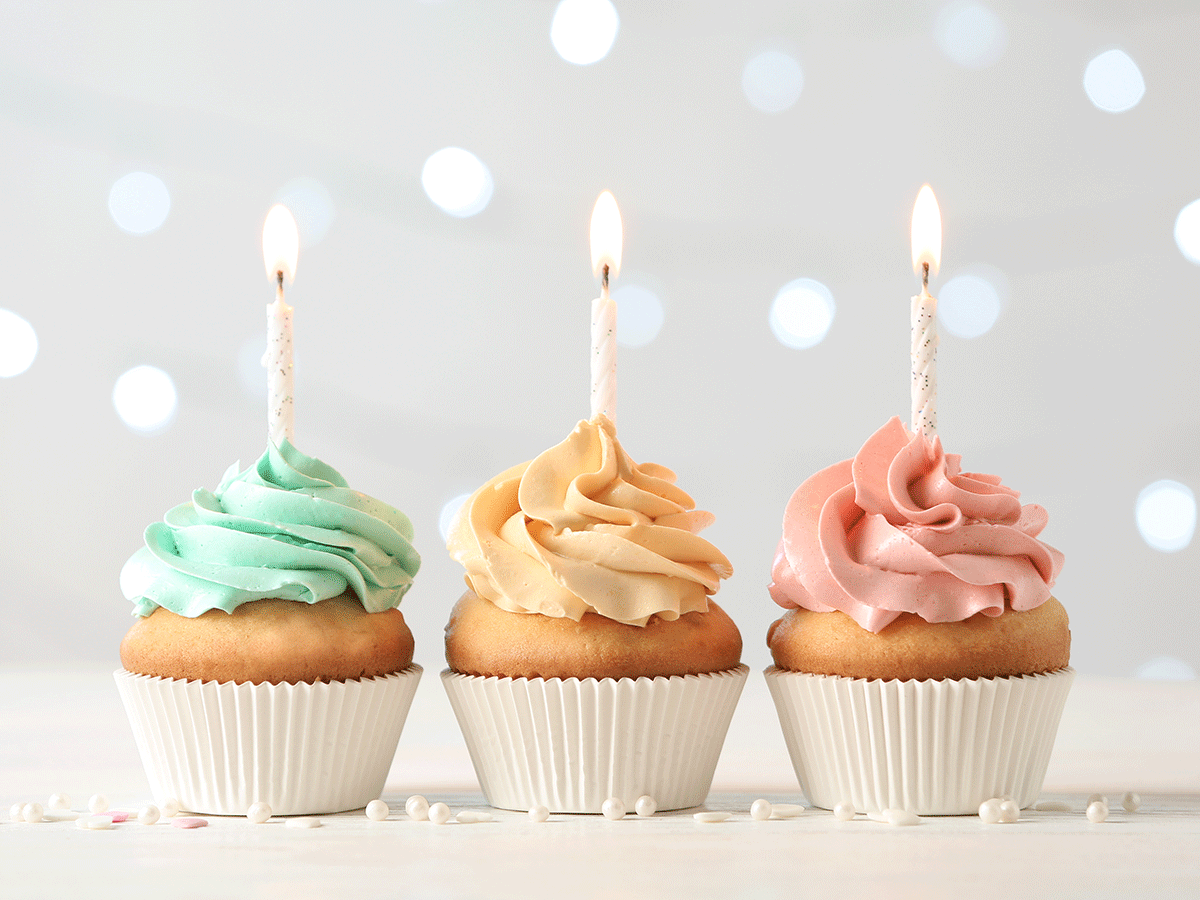How a Front-Line Anesthesia Resident Is Avoiding Burnout

In our Day in the Quarantine Life series, we’re chatting with Canadians about their new normal, exploring how they organize their days and balance their home lives with work obligations. Here, Christopher Charles, an anesthesia resident at Toronto’s Sunnybrook Hospital, shares what a day is like on the front lines of the Covid-19 outbreak.
4:45 a.m.
I wake up, do a quick 10 minutes of yoga on the mat I leave beside my bed and take my Goldendoodle, Benjamin, for a walk around the block.
My partner and I made the decision not to stay in the same house during this time. I’m an anesthesia resident in Toronto, currently working at Sunnybrook Hospital. Although I take a lot of steps to limit the possibility that I bring this virus home, it could be as simple as missing a part of my hands while washing them or perhaps I touch something in the hospital with my clothing. I would be very upset if my partner were to contract the illness as a result of the work that I do.
So, I eat breakfast alone. Breakfast used to be just a coffee and a piece of fruit, but now it’s that plus eggs, toast and a shake, to get me through the day.
Typically I would walk, ride a bike, or take public transit to and from the hospital, but now I drive as a way to limit the amount of people I may expose myself to if, I am in fact, a carrier of Covid-19. I don’t want to give the virus to someone, and I certainly don’t want to get it from somebody else.
It’s disheartening not seeing people out on the road, on the street walking, or out in parks. But, nothing makes me happier driving down an empty road knowing that people are staying in their homes and away from one another. It makes me feel like we’ve actually got a fighting chance.
6 a.m.
In anesthesia, we tend to start our days quite early (in quarantine or not). First, I check my email to see if there’s been any changes in policies or surrounding personal protective equipment (PPE), and then start on preparing the operating room (OR) for patients.
I set up my anesthesia machine, along with the equipment and medications I might use and don my PPE gear. At this time, my gear is an N95 face mask, face shield (which is essentially an 8.5 by 11 inch sheet of plastic that hangs down over my face), a bib-type thing that covers my neck, surgical gown, and at least two pairs of gloves. For the most part, the majority of my skin isn’t exposed.
With the supply shortage and PPE policies changing daily, we’re being a lot more liberal with reusing certain aspects of our gear. Traditionally I would change my N95 face mask after each patient interaction, but now I have to try and gain the most number of clinical hours out of each mask. It, unfortunately, means I wear one mask for four to eight hours at a time—or sometimes up to 10 hours in one shift. Because I’m really trying to hold off removing my mask from my face, it’s been extremely difficult to drink and eat, leaving me quite dehydrated and feeling faint by the end of the day. Before quarantine, I would usually find enough time to eat lunch (or at least a quick bite) for 10 to 15 minutes in between OR cases.
For the most part, I don’t know the Covid status of these patients. If a patient arrives at the hospital as a trauma, there may not be time to do any sort of testing before they need to arrive in OR. I would then meet them in the Trauma Bay Area and bring them directly up to the OR, so we can move as quickly as possible to life-saving surgery. Even for those patients who aren’t coming from the trauma centre but are still quite emergent, we often don’t have results of their testing back in time.
Since we don’t necessarily know if we’re being exposed to the virus, and test results are taking longer and longer to get back, we treat every patient as though they’ve tested positive for Covid-19. Right now, most of the procedures we do in the operating room—the surgery itself, as well as intubating the airway—can generate aerosolized particles of the virus. There’s a concern that these are the types of activities that will cause the greatest exposure to the health care provider, so we’re trying to limit the number of people who could potentially be exposed to the particles. Rather than having a surgeon, surgical employees, two to three nurses, an anesthesiologist, an anesthesia trainee and possibly an assistant in the OR, we are now down to two: an anesthesiologist and a nurse.
After I intubate a patient, we allow time for the viral particles to fall to the ground and be cleared by the OR air filtration system before we allow others into the room. This can take anywhere from 10 to 15 minutes—a delay we’re not used to and are trying to cope with.
I wrap up everything, give handover to the team of anesthesiologists and assistants who will be working the overnight shift, and I head on home.
6:30 p.m.
I’m pretty exhausted after working a 12-hour shift. I immediately hop in the shower to wash the hospital off my body. But, I think what’s changed now is this constant low-level stress that exists in the back of my mind. I usually like to cook and use that as a bit of a stress-release after work, but I find I’m not gaining as much relaxation from cooking as I normally would. It’s more about sustenance than pleasure at this point.
10 p.m.
I try to read, use a meditation app, and put on some white noise to help relax before bed. I’ve always been a light sleeper, but I find that over the last several weeks, I have found myself waking up in the middle of the night. I’m even finding it harder to get back to sleep, so often I’ll just submit, get up and start my day knowing that it might be a struggle. Sometimes I’m able to work out that I’m anxious about what I’ll encounter at work the following day, that I’m worried about getting others sick because of the exposure I have, or just existential worry in general. But, these are the times we are living in.
I know now this is not something that is not going to end anytime soon, and that this is very much a marathon run rather than a sprint. So I really try to prioritize things that will improve my wellness and my ability to make it through this marathon without suffering from burnout. I’m much more intentional now than I was a few weeks ago: making sure to prep healthy meals, fit in a yoga session or run (even if it’s up and down the stairs in my townhouse), soak up 30 minutes of fresh air and/or sunshine, and get a sold six hours of sleep.
Perhaps one nice thing that’s come out of all of this is my greater prioritization on spending time with people remotely. I’m spending more time than I ever thought I would on video conferencing calls with other doctors and folks I went to medical school with to see how they’re coping. My partner and I also make use of video chat apps like Zoom and FaceTime. We meet up with family and friends on these apps together and play online games. It’s been nice so that our conversations don’t end up focusing solely on the pandemic.
—As told to Alyssa Ball.







